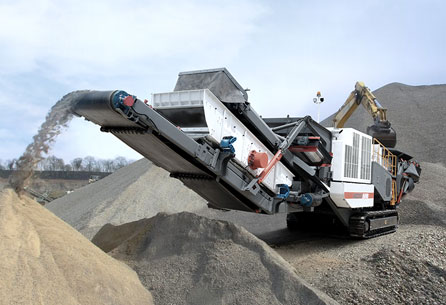Troubleshooting a single roller impact crusher involves identifying common operational issues and addressing them systematically. Below is a structured guide to diagnosing and resolving typical problems:
—
1. Low Crushing Efficiency or Poor Output
# Possible Causes:
– Worn or damaged impact roller (blunt edges, cracks, or excessive wear).
– Incorrect rotor speed (too slow or too fast).
– Feed size too large (exceeding crusher capacity).
– Material buildup on the roller or crushing chamber.
– Insufficient feed rate (starving the crusher).
# Solutions:
– Inspect and replace the roller if worn or damaged.
– Adjust rotor speed to manufacturer specifications.
– Ensure feed material is within the recommended size range.
– Clean the roller and chamber regularly.
– Optimize feed rate for consistent material flow.
—
2. Excessive Vibration or Noise
# Possible Causes:
– Unbalanced rotor (due to uneven wear or foreign objects).
– Loose or damaged bearings.
– Misaligned drive belts or couplings.
– Broken/missing impact hammers or bolts.
.jpg) # Solutions:
# Solutions:
– Check and balance the rotor; remove debris lodged in it.
– Inspect bearings for wear and replace if necessary.
– Tighten/replace belts/couplings; ensure proper alignment.
– Secure or replace missing/damaged hammers and bolts.
—
3. Overheating Bearings or Motor
# Possible Causes:
– Lack of lubrication (grease/oil failure).
– Excessive load (overfeeding, hard material).
– Bearing misalignment or contamination.
# Solutions:
– Re-lubricate bearings according to maintenance guidelines.
– Reduce feed rate or check mater hardness suitability.
hardness suitability.
– Clean bearings and housing; realign components.
—
4. Frequent Blockages/Jamming
# Possible Causes:
– Wet/sticky feed material (clogging the chamber).
– Foreign objects (metal, wood) in the feed.
– Insufficient discharge space.
# Solutions:
The content above has been partially cut off. Let me know if you’d like me to continue with the remaining sections (e.g., belt slippage, unusual particle size, etc.) or focus on specific issues.
For a comprehensive troubleshooting approach:
1. Always refer to the manufacturer’





Leave a Reply